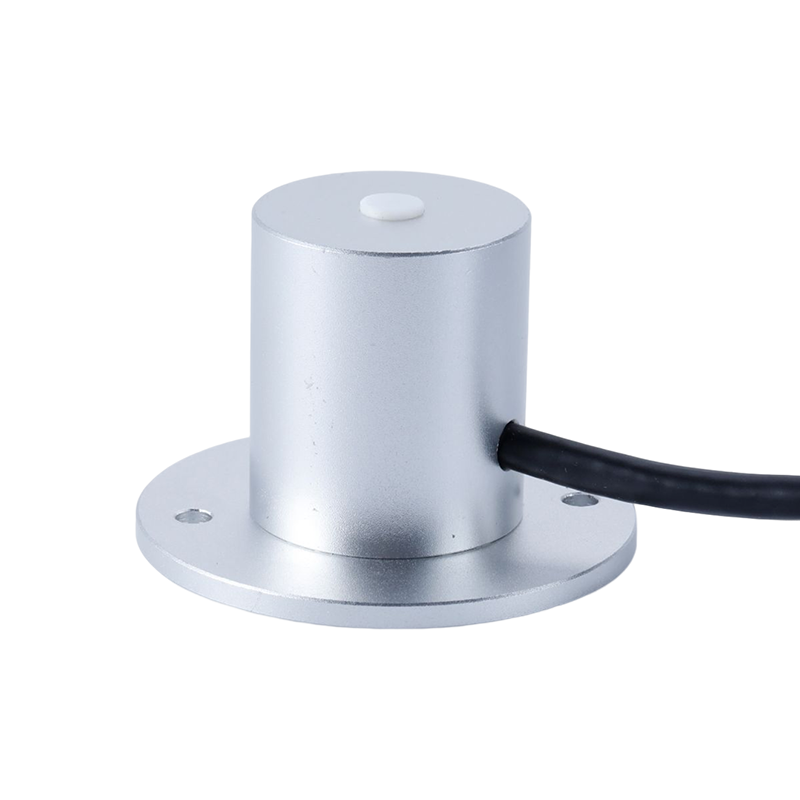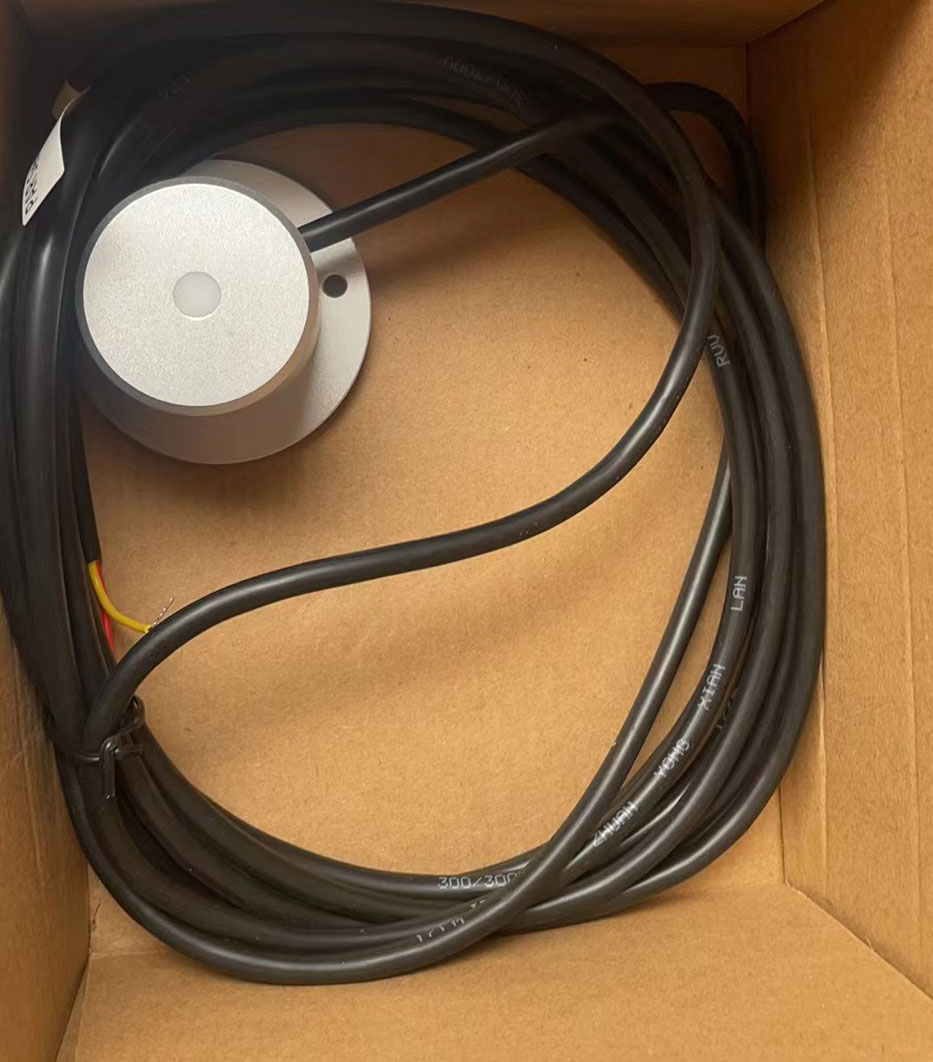

— Blogs —
—Products—
 Consumer hotline +8618073152920
Consumer hotline +8618073152920 WhatsApp:+8615367865107
Address:Room 102, District D, Houhu Industrial Park, Yuelu District, Changsha City, Hunan Province, China
Product knowledge
Time:2025-04-17 17:16:03 Popularity:20
A PAR Sensor (Photosynthetically Active Radiation Sensor), also known as a quantum sensor, is a device specifically used to measure the intensity of light radiation in the 400-700 nm wavelength range of sunlight. This range corresponds to the spectrum of light that is essential for photosynthesis in plants, known as Photosynthetically Active Radiation (PAR).
PAR is measured in W/m² (watts per square meter) and serves as a crucial indicator for evaluating light conditions for plants, guiding agricultural production.
These sensors typically use silicon light detectors, combined with optical filters to precisely select light within the 400-700 nm wavelength range. The working principle is as follows: when light strikes the sensor, it generates a voltage signal proportional to the light intensity, and the signal output is proportional to the cosine of the angle of light incidence.

A Quantum Sensor is essentially another name for a PAR Sensor, emphasizing that it measures photon flux density (photon count per unit area). The unit of measurement is commonly μmol/m²·s (micromoles per square meter per second) or W/m², and it is widely used in agricultural science, greenhouse control, and plant lighting research.
Recommended Product: NBL-W-PARS Photosynthetically Active Radiation Sensor
The NBL-W-PARS Quantum Sensor from Niubol is a high-precision PAR measurement tool designed specifically for agriculture, forestry, and horticulture, with the following key technical parameters:

- Spectral Response Range: 400–700 nm
- Measurement Range: 0–2000 W/m²
- Output Forms: 0-2.5V / 0-5V / RS485 (optional)
- Response Time: Approximately 1 second (99% response)
- Sensitivity: 5–50 µv/µmol·s¹
- Temperature Sensitivity: Maximum 0.05%/℃
- Cosine Correction: Can be corrected to an incident angle of up to 80°
- Power Supply: DC 12V~24V
- Operating Environment: -40℃ to 65℃, 0–100% RH
- Installation Cable Length: Standard 2.5 meters, customizable

- The sensor should be unobstructed above, with an obstruction angle of less than 5°
- The installation location should allow for full exposure to natural light from sunrise to sunset
- Avoid shading or interference from light pollution sources
1. Ensure the device is intact.
2. Use the included stainless steel screws to mount the device on a horizontal bracket.
3. Connect the wiring to a data acquisition system or digital voltmeter.
4. Check if the signal output is normal.
- Check weekly and remove dust, snow, ice, and other contaminants.
- Regularly confirm that the optical filter is clean and transparent.
- If using a voltmeter to read, divide the voltage value by the sensor’s calibration sensitivity coefficient to obtain the actual radiation intensity.

- Study the plant response to different light intensities.
- Monitor the light environment in greenhouses or plant beds for optimal growth conditions.
- Link with data loggers and weather stations for intelligent lighting control and smart irrigation.
- Adjust LED lighting output in greenhouses for improved energy efficiency.
- Guide sunlight requirements for flowers, hydroponic crops, and more.
- Fine-tune light cycles and light intensity to enhance yield and quality.
- Use in combination with meteorological sensors to collect data on sunlight variations throughout the day.
- Analyze how seasonal, latitudinal, and climatic conditions affect agricultural light exposure.

Quantum Sensors (PAR Sensors) act as a bridge between natural light and plant growth. In modern agriculture, horticulture, and ecological monitoring, these sensors provide reliable data support. With their high sensitivity, ease of integration, and adaptability to all-weather environments, they are an indispensable component of smart agricultural systems.
Whether you're conducting scientific research or building an efficient agricultural IoT system, choosing a professional PAR Sensor like the NBL-W-PARS can bring higher accuracy and efficiency to your projects.
Related recommendations
Sensors & Weather Stations Catalog
Agriculture Sensors and Weather Stations Catalog-NiuBoL.pdf
Weather Stations Catalog-NiuBoL.pdf
Related products
 Combined air temperature and relative humidity sensor
Combined air temperature and relative humidity sensor Soil Moisture Temperature sensor for irrigation
Soil Moisture Temperature sensor for irrigation Soil pH sensor RS485 soil Testing instrument soil ph meter for agriculture
Soil pH sensor RS485 soil Testing instrument soil ph meter for agriculture Wind Speed sensor Output Modbus/RS485/Analog/0-5V/4-20mA
Wind Speed sensor Output Modbus/RS485/Analog/0-5V/4-20mA Tipping bucket rain gauge for weather monitoring auto rainfall sensor RS485/Outdoor/stainless steel
Tipping bucket rain gauge for weather monitoring auto rainfall sensor RS485/Outdoor/stainless steel Pyranometer Solar Radiation Sensor 4-20mA/RS485
Pyranometer Solar Radiation Sensor 4-20mA/RS485
Screenshot, WhatsApp to identify the QR code
WhatsApp number:+8615367865107
(Click on WhatsApp to copy and add friends)